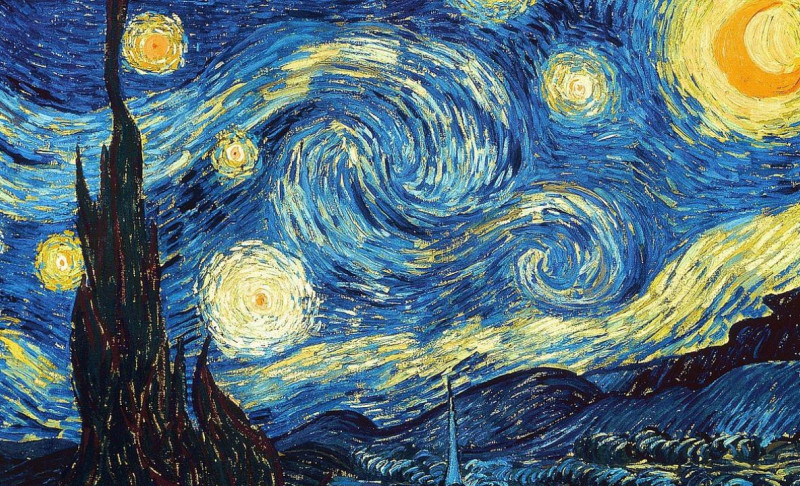Description
Are you curious to learn more about Mesdag’s Seascapes, Van Gogh’s Sunflowers, Mondrian’s Geometric Compositions or other Dutch masterpieces from this era? Sign up for this course and find out more Dutch art from the 18th and 19th centuries, up to the early decades of modernism.
After the 17th century, when the tiny Dutch Republic grew enormously and gained international fame with its flourishing art market, innovations in the art world stagnated. During the 18th century, Dutch artists followed the French or kept on working in the style of their beloved 17th century. However, in the 19th century Dutch art flourished again. Modern artists started to strive for the elusive ideal of truthfulness, in a way that radically differed from what their predecessors did. As Dutch artists began to travel, the art of this period cannot be studied without being placed in a European context.
In their search for truthfulness, modern artists introduced various different painting styles, colour pallets and subjects into Dutch art. They followed European trends, but gave them their own twist. Painters as Hendrik Willem Mesdag and the The Hague School focused on the Dutch landscape. They produced lots of seascapes in grey tones for example, which closely resembled the real Dutch landscape. Impressionist artists from Amsterdam, such as George Hendrik Breitner, depicted mostly scenes from everyday life in the city, including the growing industries and the poor, subjects that had not been painted before. Vincent van Gogh started working in this tradition, until he developed his own, recognizable and very colourful style. In the early twentieth century, modernism kicked in. Industries and cities grew even more rapidly than before and the view on art changed. Abstract art arose. Artists as Piet Mondrian and Gerrit Rietveld invented their 'pure art', consisting only of horizontal and vertical lines, painted solely using primary colours.
In this course you will learn more about these famous masters and art movements, but there is much more to discover! Besides painters, many more artists, such as architects, designers and gold- and silversmiths contributed to the fame of this period with their innovative artworks.
Upon completion of this course, you will have unravelled many highlights from the Dutch 18th, 19th and early 20th centuries and you will have gained a profound insight into the many layers of Dutch Art from this inspiring era. You will be able to recognise the main styles and artists, but you will also have become confident in recognising, discussing and analysing artworks in general. What you learn in class and during the excursions will therefore also add depth and value to your own travels later on.
Join us on this interactive journey, with daily excursions. Travel and entrance to museums are included in the course fee.
Do you wish to extend your Summer School experience with another course in Dutch Art History? This course is part of the track A Journey through Dutch Art, which combines this course and the course The Golden Age of Dutch Art.
A03_Day to day programme_2024.pdf
Target audience
The course is open to participants (graduates and non-graduates) from all disciplines with a keen interest in Art History.
Aim of the course
This course gives students a broad overview of Dutch Art of the 18th, 19th and early 20th centuries through the exploration of history, culture, daily life, academic approaches and case-studies.
Study load
Approximately 40 contact hours. The course combines many elements, from lectures to excursions. Variation is ensured by going into the museum with a tour, in small groups or on your own with an assignment. During these excursions, we devote time to both the factual and technical aspects of the artworks, as well as the more personal and subjective ones, so that by the end, you will have explored art in many dynamic ways. Hidden meanings, unexpected techniques, your peers’ opinions or your own may surprise you and change and broaden your perception of the artworks again and again.
Costs
-
Course fee:
€1175.00
-
-
Included:
Course + course materials
-
Housing fee:
€400
-
Housing provider:
Utrecht Summer School
Additional information
The housing costs do not include a Utrecht Summer School sleeping bag. This is a separate product on the invoice. If you wish to bring your own bedding, please deselect or remove the sleeping bag from your order.
Tags
